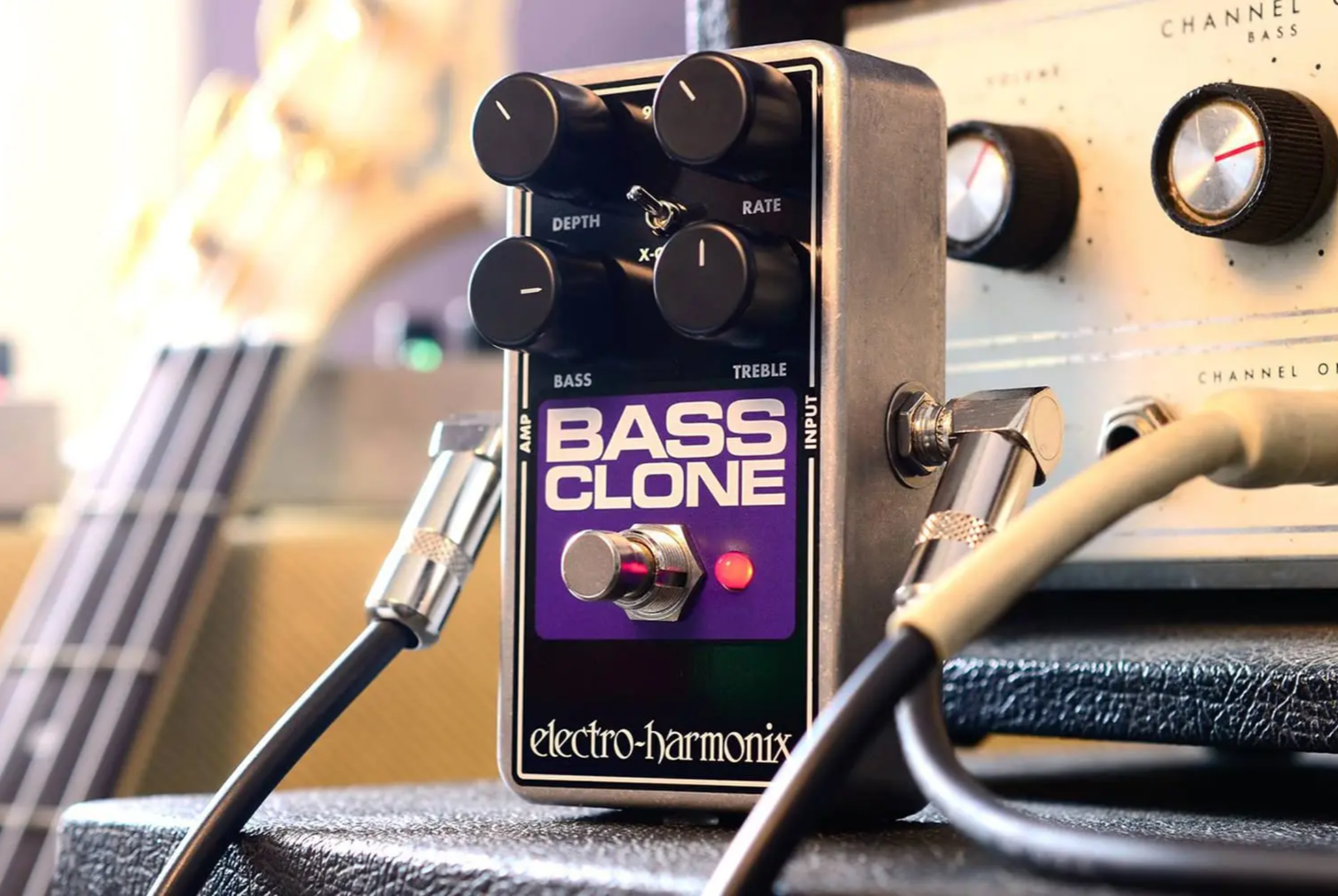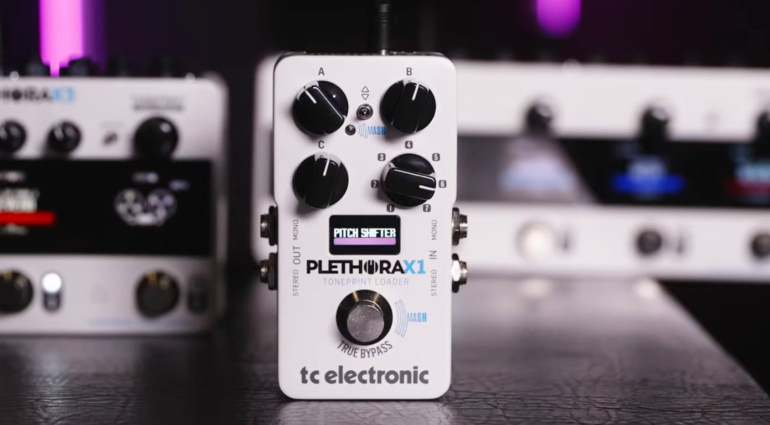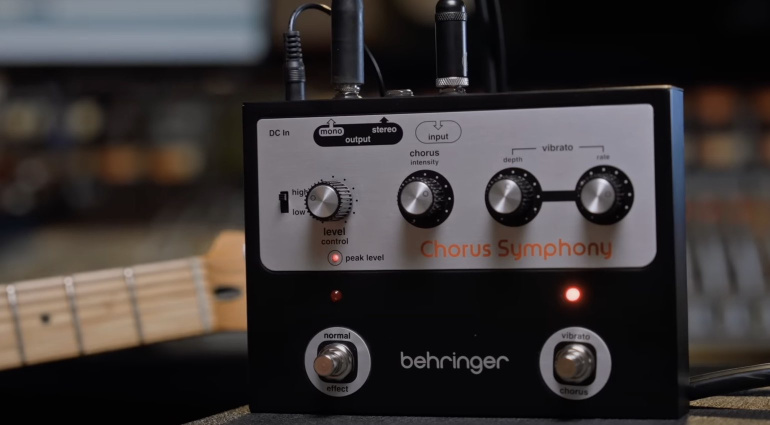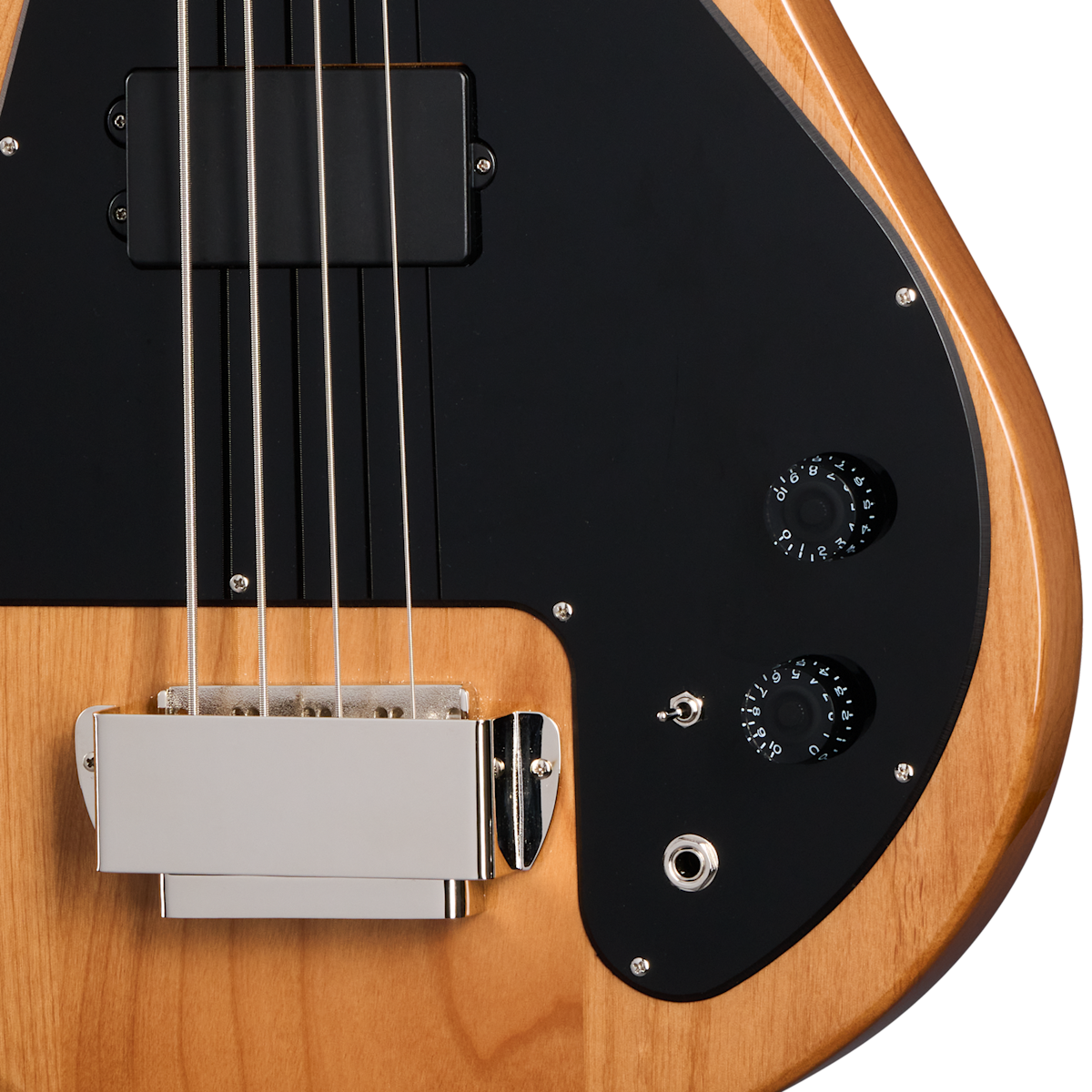A Modern Take On A Classic Design Very few basses scream “70’s Rock!!!” like the Gibson Grabber! For decades, musicians have asked Gibson to release an affordable version of the Grabber – which commanded prices above 3K in the secondary market. In late 2024, Epiphone, Gibson’s more affordable sub-brand, reintroduced the Grabber, modernizing some aspects while maintaining its vintage aesthetic. The Epiphone Grabber Bass Reissue pays homage to the original Gibson Grabber, a bass that first appeared in 1973 as Gibson’s response to the Fender Precision Bass. Known for its bold design, affordable construction, and distinctive sliding pickup, the Grabber became a go-to instrument for rock and punk musicians throughout the ‘70s and beyond. Disclaimer: This bass was kindly provided by Gibson for the purpose of this review. However, this does not influence our opinions or the content of our reviews. We strive to provide honest, unbiased, and accurate assessments to ensure that our readers receive truthful and helpful information. A Brief History of the Gibson Grabber During the early 1970s, Gibson sought to develop a cost-effective bass to compete with Fender’s dominant models. The company introduced three basses in quick succession: The Grabber (1973) – Known for its sliding single-coil pickup, which could be positioned closer to the neck for a warmer tone or toward the bridge for a brighter, punchier sound. The G-3 (1975) – A variation with three single-coil pickups wired in a hum-canceling configuration. The Ripper (1973) – A high-end bass with a two-pickup setup, designed with more tonal flexibility. The Grabber quickly gained popularity because of its aggressive midrange growl, affordability, and simple yet effective design. Design and Build The Epiphone Grabber Reissue maintains many design elements of the original but introduces some key changes: Feature Original Gibson Grabber Reissue Epiphone Grabber Body Wood Maple Alder Neck Bolt-on Maple Bolt-on Maple Fingerboard Maple (or Rosewood on some models) Maple Bridge Basic 3-point Adjustable Grabber-style 4-string Bridge Controls 1 Volume, 1 Tone 1 Volume, 1 Tone, Coil-Splitting Switch The Epiphone Grabber features a C profile neck, with a 12.5 inch fingerboard radius, 34 inch scale length and 20 frets. Weighs around 4kg, so it’s a very lightweight bass, thanks to its 3-piece alder body. The biggest tonal difference between the original Gibson Grabber and the Epiphone reissue is due to the pickup system. While the coil-splitting feature adds versatility, it doesn’t fully replicate the tonal shifts of the original sliding pickup. Some players may miss the dynamic range that came from physically moving the pickup. Playability and Performance When I first picked up the Epiphone Grabber, there were a couple of features that stand out: Slim, fast-playing neck – The C-profile maple neck makes navigating up and down the fretboard a breeze. Lightweight alder body – More comfortable than the original maple-bodied version. Good sustain and resonance – The fixed humbucker captures some of the original’s punch but lacks its flexibility. This bass is an absolute joy to play with a pick! I’d even say it’s the closest to a perfect rock bass I’ve played in a long time. However, I also noticed a couple of drawbacks: Neck Dive – Just like the original, the reissue has a long neck and a lightweight body, which can cause the headstock to dip when playing standing up. Limited Tonal Control – Without the sliding pickup, players have fewer ways to fine-tune their sound beyond the coil split. Conclusion The Epiphone Grabber Reissue successfully recaptures the spirit of the original while making some modern adjustments. However, the lack of the sliding pickup is a significant change, not only altering its tonal range compared to the vintage model, but also some of its character and originality. While it may not fully satisfy hardcore Grabber purists, it’s still a solid, stylish bass with a punchy sound, making it a great option for rock, punk, and alternative bass players looking for something different. Summing up: Pros✅ Classic Grabber aesthetics✅ Comfortable neck and lightweight body✅ Coil-splitting feature for some tonal variety✅ Affordable alternative to vintage models Cons❌ No sliding pickup = less tonal flexibility❌ Some neck dive issues❌ May not fully satisfy vintage Grabber fans Would I recommend it? If you’re looking for a vintage-styled rock bass that stands out from the usual Fender P and J basses, then absolutely yes! However, if you’re after the exact sound and mojo of the original Grabber, you might be a bit disappointed.




